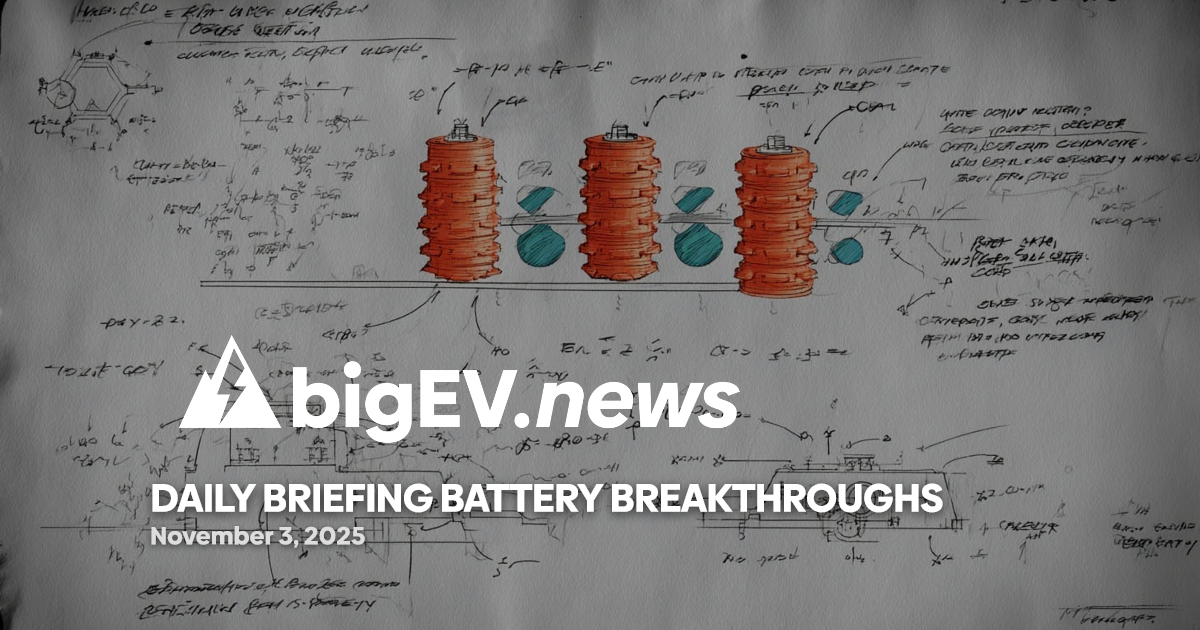Strategic investments, new alliances, and shifting policies reshape the rare earths and critical minerals landscape as supply chains face mounting geopolitical and technical challenges.
At a glance – The past 24 hours have seen a decisive shift in the global rare earths and critical minerals sector, with the U.S. Department of Defense’s equity stake in MP Materials marking a new era of direct government intervention in supply chains vital for batteries, energy systems, and defense technologies. This move underscores a broader trend: critical minerals are no longer viewed as mere commodities but as strategic assets requiring long-term public support. The Pentagon’s transition from passive buyer to anchor investor signals heightened urgency to secure domestic and allied sources of rare earths, particularly as China continues to dominate heavy rare earth extraction and processing. The U.S. is now actively seeking to de-risk supply chains, with policy support extending to potential partnerships with mines in Brazil and Vietnam, despite looming trade tensions and tariffs. The market is watching closely to see if these interventions will be replicated for other critical materials or remain unique to rare earths, given their outsized importance to defense and clean energy applications.
Technology advance – In a significant technical development, MP Materials has announced plans to invest in the separation of heavy rare earth elements (HREEs) at its Texas facility and forthcoming 10X Facility. While Mountain Pass remains rich in light rare earths like neodymium and praseodymium, the company is now targeting the more technically challenging heavy rare earths—dysprosium and terbium—essential for high-temperature magnets used in advanced defense and energy systems. The separation of HREEs is a critical bottleneck outside China, requiring highly specialized solvent extraction processes and infrastructure that Western companies have struggled to scale. MP Materials’ move, if successful, could mark the first major commercial-scale HREE separation capacity in the U.S., challenging China’s near-monopoly and potentially stabilizing prices that have soared since Chinese export restrictions earlier this year. However, the company must still prove its ability to ramp up to full commercialization, as global feedstock availability for HREEs remains limited and technically complex to process.
Partnerships – The global race for new sources of rare earths has turned sharply toward Greenland, where U.S., Chinese, and Russian interests are converging on the island’s untapped mineral reserves. Greenland’s strategic significance has grown as its vast deposits of rare earths and critical minerals become more accessible due to climate change and technological advances in mining. Recent diplomatic and commercial overtures from all three powers highlight the island’s emerging role as a new battleground for supply chain security. U.S. and European companies are exploring joint ventures with Greenlandic authorities to develop mining projects that could diversify supply away from China, while Chinese firms are seeking long-term offtake agreements and infrastructure investments. Russian interests, meanwhile, are leveraging Arctic shipping routes and energy partnerships to gain a foothold in the region. These developments underscore the increasingly geopolitical nature of critical mineral sourcing and the need for transparent, sustainable partnerships to ensure long-term supply chain resilience.
Acquisitions/expansions – Lithium Corporation has expanded its footprint in the rare earths sector with newly approved claims in Nevada, positioning itself as a key player in the U.S. domestic supply chain. The company’s recent moves come on the heels of the Department of Defense’s equity investment in MP Materials, signaling a broader industry trend toward vertical integration and upstream expansion. Lithium Corporation’s Nevada claims are strategically located near existing infrastructure and processing facilities, enabling rapid development and potential synergies with battery manufacturers and energy storage companies. The expansion is expected to boost domestic production of both lithium and rare earth elements, reducing reliance on imports and strengthening the U.S. position in the global critical minerals market. Industry analysts note that such acquisitions are likely to accelerate as companies seek to secure raw material sources in anticipation of growing demand from electric vehicle, grid storage, and defense sectors.
Regulatory/policy – The U.S. government is considering new policy tools to support the critical minerals sector, including the introduction of price floors and long-term offtake agreements for rare earths and magnets. These measures, pioneered in the recent DoD-MP Materials deal, reflect a shift toward treating critical minerals as strategic assets rather than purely commercial commodities. The policy shift is driven by concerns over supply chain vulnerabilities exposed by recent Chinese export restrictions and the recognition that market forces alone may not deliver the scale or speed of investment needed for supply chain security. However, extending such interventions to larger or less defense-critical commodities could require significantly greater taxpayer funding and may face political resistance. Policymakers are now debating how to balance targeted support for rare earths with broader market-based approaches to diversify and secure critical materials supply across the board, with potential implications for trade policy, industrial strategy, and international partnerships.
Finance/business – The rare earths and critical minerals sector is attracting increased attention from institutional investors and venture capital, as companies seek to capitalize on rising prices and strategic demand. Recent market data show that prices for key heavy rare earths—yttrium, terbium, and dysprosium—remain hundreds of percent above pre-restriction levels, driving renewed interest in exploration and development projects worldwide. Financial analysts are closely monitoring the impact of government interventions, such as the DoD’s equity stake in MP Materials and potential tariffs on Brazilian HREE exports, on market dynamics and investment flows. Companies with proven reserves, advanced processing capabilities, or strategic partnerships are commanding premium valuations, while those reliant on Chinese supply chains face heightened risk. The sector’s financial outlook remains bullish, with robust demand from electric vehicle, renewable energy, and defense applications expected to sustain high prices and drive further consolidation and innovation in the years ahead.
Sources: energypolicy.columbia.edu, jdsupra, lithiumcorporation.com, 60 Minutes, U.S. Department of Defense filings, market analyst reports








